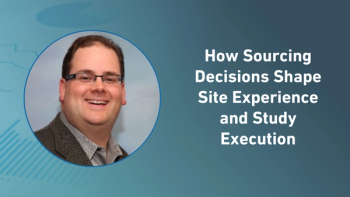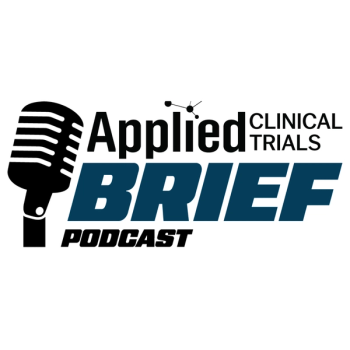
Risk-Sharing Lengthen Drug Development Timelines
According to the study, mean clinical phase time was 8.9 months longer for new drugs in multi-firm, risk-sharing clinical development relationships, and total (clinical plus regulatory review) phase time was 9.5 months longer, compared to new drugs that did not involve these relationships.
Tufts CSDD: Risk-Sharing Lengthens Drug Development Timelines
Drug development programs that involve several partners who share clinical development risks accounted for about half of all new therapeutic drug approvals in recent years and experienced longer clinical phase times, as well as longer overall time to approval, according to a study recently completed by the Tufts Center for the Study of Drug Development.
According to the study, mean clinical phase time was 8.9 months longer for new drugs in multi-firm, risk-sharing clinical development relationships, and total (clinical plus regulatory review) phase time was 9.5 months longer, compared to new drugs that did not involve these relationships.
For the full release, click
Newsletter
Stay current in clinical research with Applied Clinical Trials, providing expert insights, regulatory updates, and practical strategies for successful clinical trial design and execution.




